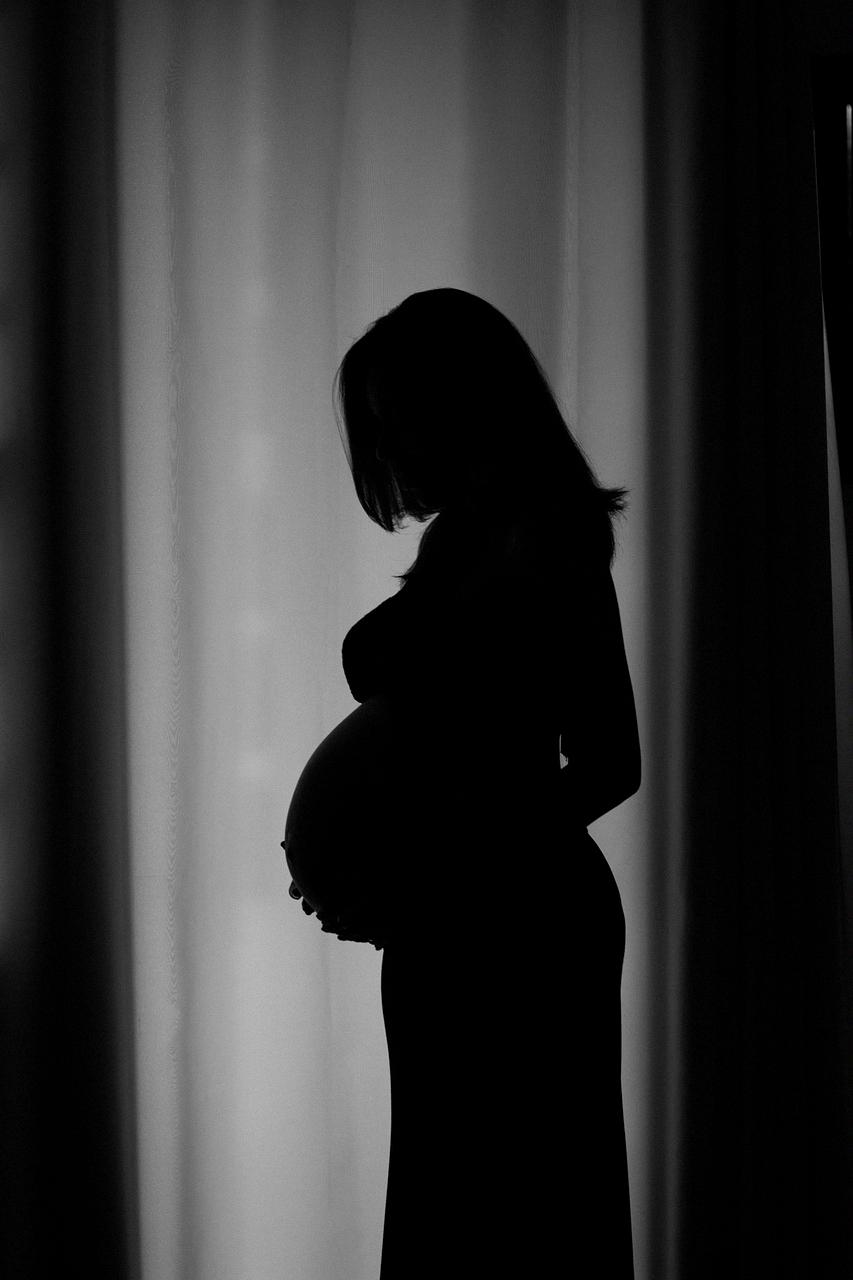When it comes to cervical ectropion, also known as cervical erosion or cervical ectopy, women often have questions about its occurrence during pregnancy. So, is ectropion normal in pregnancy? Let’s delve into this topic to provide a comprehensive answer.
Exploring Cervical Ectropion
Cervical ectropion is a common condition that is frequently discovered during routine pelvic examinations, especially in women of reproductive age. This asymptomatic variant of the cervix has been associated with chronic cervicitis but is typically harmless. It is noteworthy that cervical ectropion is prevalent among adolescents and pregnant women.
The Impact of Pregnancy on Ectropion
During pregnancy, hormonal shifts can lead to changes in the cervix, potentially causing cervical ectropion to be more noticeable. The increased vascularity and growth of the cervix during pregnancy may contribute to the presence of ectropion in some pregnant individuals.
Symptoms and Diagnosis
Although cervical ectropion is often asymptomatic, some individuals may experience spotting or abnormal discharge. If you notice any unusual symptoms during pregnancy, it is essential to consult your healthcare provider for a thorough evaluation and appropriate management.
Management and Treatment
In most cases, cervical ectropion does not require treatment, especially during pregnancy. However, if symptoms are bothersome or if there are concerns about infection or other complications, healthcare providers may recommend interventions such as topical treatments or cauterization.
Preventive Measures
While cervical ectropion itself is considered a normal variant, practicing safe sex and maintaining good genital hygiene can help reduce the risk of infections that may exacerbate this condition. Additionally, attending regular prenatal visits can aid in the early detection and management of any cervical issues.
Common Misconceptions
It is important to debunk the misconception that cervical ectropion is a sign of a serious underlying condition during pregnancy. While it may cause concern due to changes in discharge or bleeding, ectropion is typically benign and does not pose a significant risk to maternal or fetal health.
Consultation with Healthcare Providers
If you have questions or concerns about cervical ectropion during pregnancy, discussing them with your obstetrician or gynecologist is crucial. Healthcare providers can offer personalized guidance based on your individual health status and pregnancy-related considerations.
Support and Awareness
As with any aspect of pregnancy, cultivating a supportive environment and maintaining open communication with healthcare providers can enhance your overall experience. By staying informed about cervical ectropion and its implications, you can navigate this aspect of pregnancy with confidence and clarity.
Final Thoughts
In conclusion, cervical ectropion is a common finding during pregnancy, and while it may raise questions and mild concerns, it is typically a benign condition. By staying informed, seeking appropriate medical advice when needed, and prioritizing self-care, individuals can navigate the journey of pregnancy with greater peace of mind.
Continued Care and Monitoring
Throughout pregnancy and beyond, maintaining regular follow-up appointments with healthcare providers can help ensure that any cervical issues, including ectropion, are monitored and managed effectively. By prioritizing your health and well-being, you can optimize your pregnancy experience and promote a positive outcome for both you and your baby.

